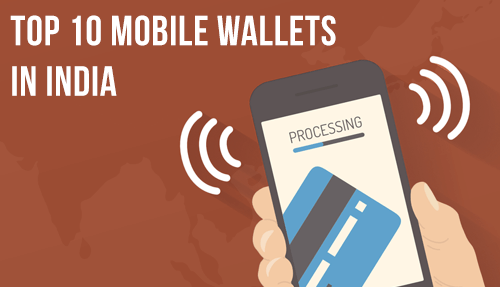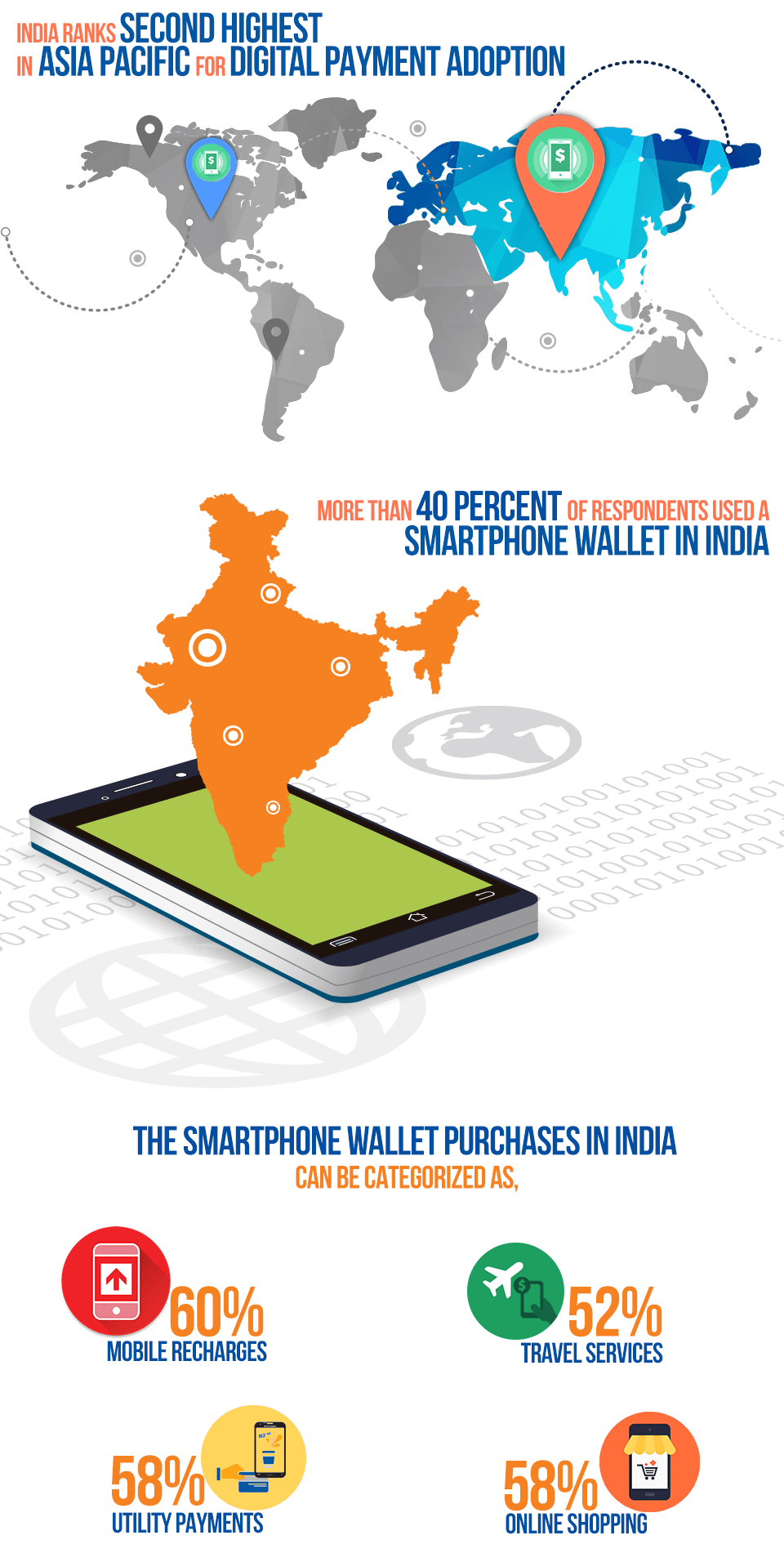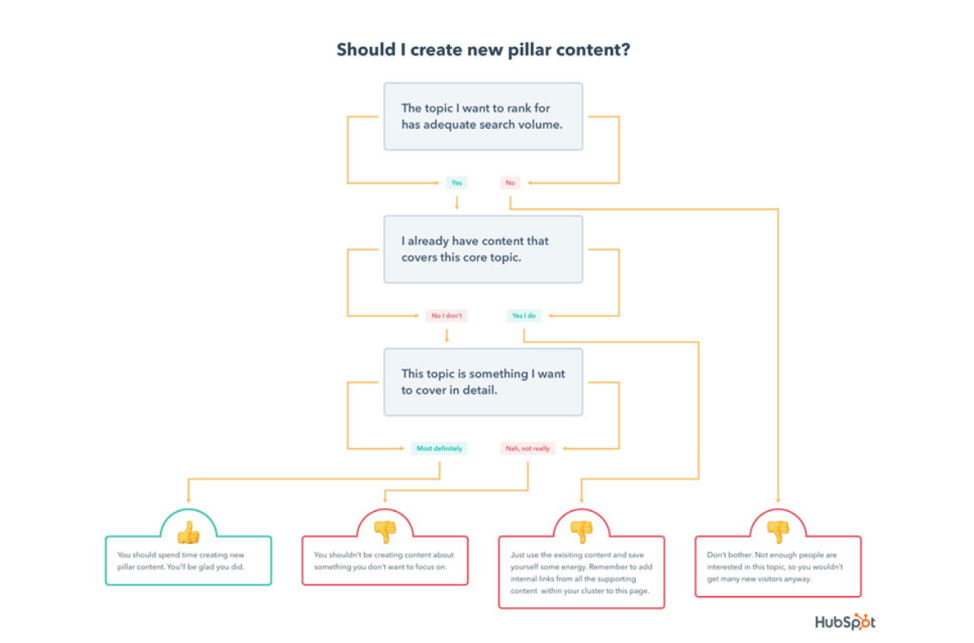Why content promotion is essential
Good content promotion techniques can go a long way in effectively building brand recall and trust with a brand’s target audience. This calls for a calculated SEO content strategy. SEO is a key ingredient in every business’ digital marketing strategy. The COVID-19 pandemic has made all understand the potential of digital marketing. However, this also means that there is more competition in the digital marketing space. In such a scenario, it is critical to ensure that content cuts through the clutter and reaches the audience it has been created for. To stand apart in the crowd, brands to practise content promotion to reach, inform, engage and educate their audience.
Content promotion strategies
Merely ideating, creating and publishing content does not work anymore and content promotion requires as much, if not more, effort as content creation. A word of caution here though – content amplification works best for content that has been ideated and created keeping in mind the interests and needs of the target audience. So, here is how you can use an SEO content strategy for content promotion.
Respond to questions on Quora
A great promotion technique is to ask and answer questions of any subject matter. Quora is recognised as the most comprehensive and trusted online forum. Since forums provide an open-source for your Target Audience to discuss a topic, you can add value by responding to their queries using your existing write-up, if relevant. You can also link back to your blog or website, which effectively renders your work as a credible source.
Tweet various snippets from your content
Have interesting stats or facts that are share-worthy as individual pieces of content? Sharing those snippets on Twitter is an effective content promotion idea as it can lure people in to read more. The microblogging giant is one of the most active social media platforms today, so anything interesting that fits within 280 characters is bound to be retweeted. You can even take screenshots of other elements like pictures, infographics and quotes and use a shortened URL of your website for promotion.
Vernacular marketing
9 out of 10 internet users’ first language is not English. A great content promotion technique would be to create vernacular content and promote it vernacularly as well. This is a very effective tool to reach the audience of tier 2 and tier 3 cities. It increases brand awareness and builds on the trust factor as the audience can relate to the content more. Vernacular SEO content strategy removes the idea that your brand is “foreign” and strikes an emotional chord.
Link to relevant sites/Mention entities when sharing
One of the main aspects of content promotion is linking to sources while writing your article. When you publish your content and promote it on social media, use Twitter mentions or Facebook hashtags to prompt those sources that you’ve used their information. Doing so will increase the chance of your article being viewed by multiple individuals through the mentions.
Post on relevant LinkedIn groups
LinkedIn is nothing but the Facebook variant for all things professional. A helpful SEO content strategy would be to use LinkedIn for promotional purposes. Much like Facebook communities, LinkedIn has an option where you can create groups. Find such groups that could make the most out of your content and share it on their pages. If your content is beneficial, many of the users would share and circulate it among their peers increasing your reach.
Turn content into a ppt/pdf and upload to SlideShare
SlideShare is the perfect place to content promote presentations to get the visibility you need. Once you upload your content on Slideshare, you can also share the link on LinkedIn, Instagram, Facebook, YouTube as well.
Leverage the reach of Influencers
Reaching out to influencers at scale is a good content promotion idea. Getting your content featured by some key influencers or getting them to share your content can amplify your reach drastically. Pick influencers that are relevant to your domain and engage with them. Contact more than one influencer and engage with them regularly for better reach.
Video content marketing
60% of the people who use the internet are visual learners. A fruitful content promotion technique is to make use of YouTube. More than 50% of women make a purchasing decision after watching a video. This is a wonderful opportunity to create a personal touch for your brand by engaging with your audience on YouTube while helping visual learners retain information better. YouTube is an SEO gold mine, so make use of hashtags, titles and descriptions to increase your reach. As for audio learners, one can use podcasts as a content promotion tool.
Using Pinterest to drive referral traffic
Pinterest is a wonderful forum for content promotion. You can create boards where people can pin your content, save it and learn about your brand’s story as well. It is an effective SEO content strategy because it directs people to your website as well. Pinterest communities can help with your engagement and helps your brand understand what your audience wants.
The content promotion strategies mentioned above are used to their fullest potential by some of the best content marketers on the planet like HubSpot, Whole Foods, Asian Paints etc. Of course, some of these strategies may die out while others will evolve, so to stay ahead of the curve, you’ll need to keep your eyes peeled and ears tuned.
If there are any content distribution channels which you have tried that could be added to the list, do let us know in the comments below.






